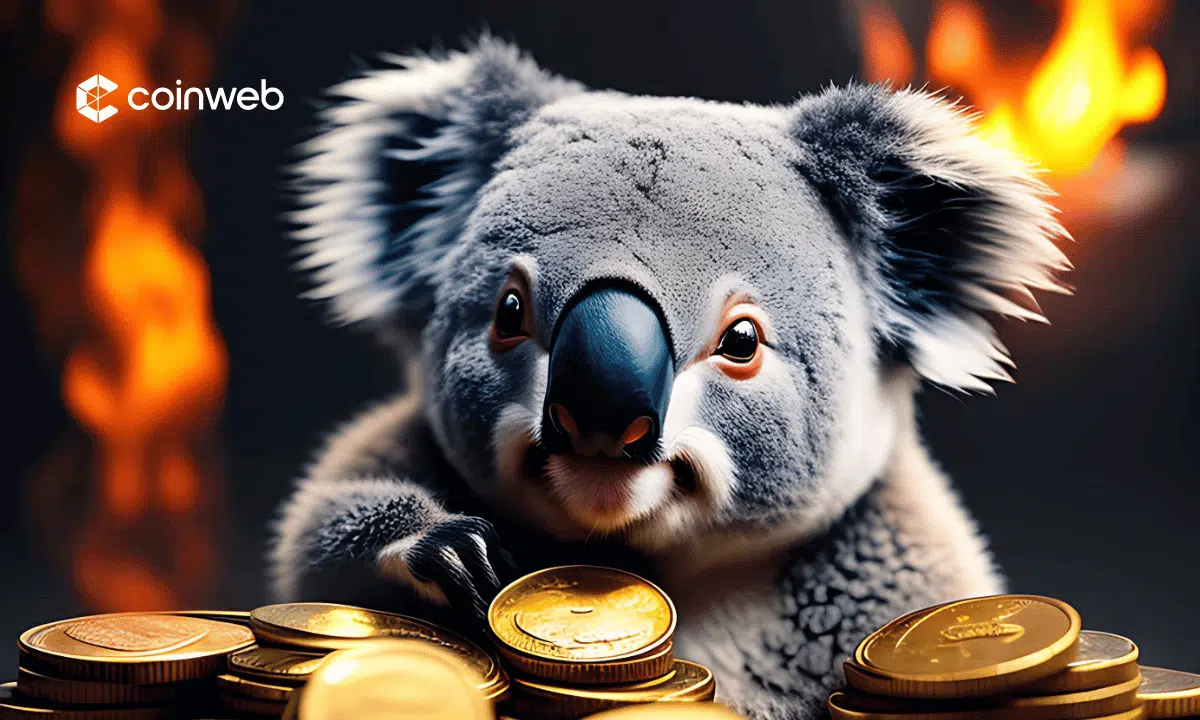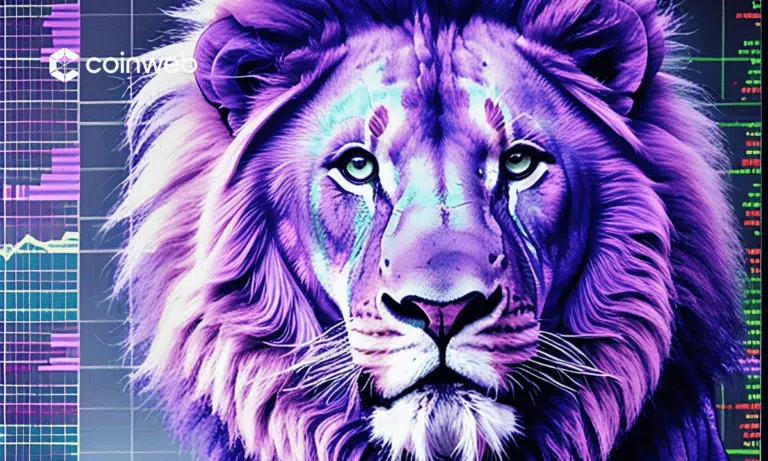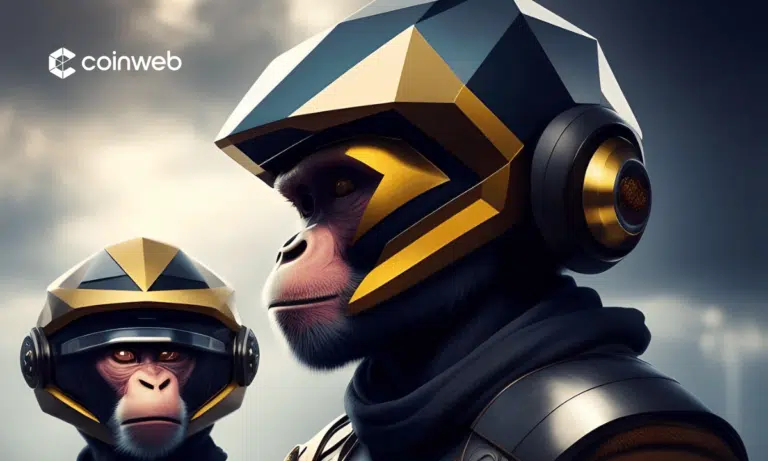TLDR
Token burning eliminates some tokens from circulation, thereby increasing the demand, reducing its supply, and eventually increasing the value of the tokens. It’s one of the most popular ways of boosting a coin’s or token’s value.
The most common process is sending a selected number of tokens to a burn address, a wallet without private keys. This means the tokens can never be accessed and are permanently removed from circulation.
To Burn or Not to Burn
The concept of value has permanently been deeply entrenched in the principle of supply and demand. An item’s value increases when demand is high, and the order can only be high when the supply is insufficient.
This is the basic principle that also drives the idea of token burning. Tokens must continually increase in value; the best way to do that is to shorten the total supply.
Let us look at what it is and how that affects a token’s price. That is what we came here for.
What is a token burn?
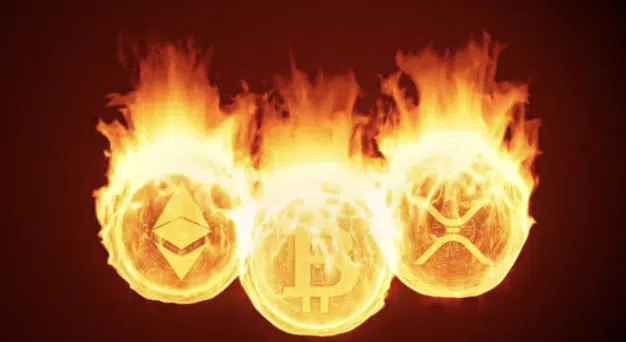
Token burning means permanently removing the crypto token from the market circulating supply by sending it to an invalid address where it can never be retrieved as it no longer exists.
The invalid address where the tokens are sent is called a burn address or one-way address. The burn address is a wallet without a private key, which means no one can ever access it. Thereby, it is permanently removed from the market.
It results in a corresponding increase in demand and less circulating supply. It is usually a consensus mechanism by the community members of a particular crypto community.
While some communities can conduct periodic Token burns resulting in quickly noticeable impacts, some crypto projects do their Burning process over time. Some might not even be apparent.
Why would anyone destroy tokens?
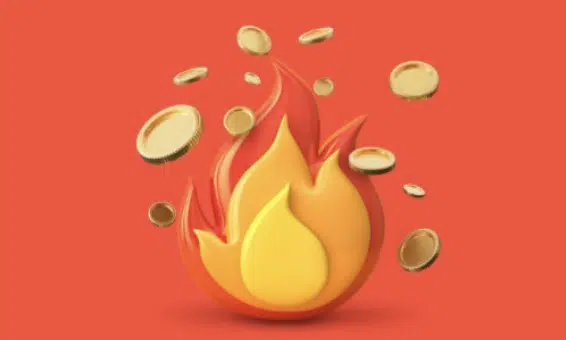
Burning tokens is one of the different marketing tactics to drive and increase the value of certain digital assets. The goal of burning can differ from platform to platform, including increasing value, value stability, creative value creation, awareness, etc.
None of those mentioned above goals can be achieved without some crash factor. This is why companies burn cryptocurrency, one of the reasons community members think a crypto project will require burning crypto.
Value is a function of demand and supply, so the fewer digital assets in circulation, the more people demand them. The shorter the supply, the more its value increases.
Trusted Partners
How Does Token Burning Work?

There are several different ways to burn tokens. However, one of the most common ways is to send a specific amount to a frozen private address. These private addresses are in no one’s control because they have no known private keys.
While most cryptocurrencies have specific instructions and a burning process for their digital assets, some platforms establish a peculiar coin-burning process.
Shiba Inu
Shiba Inu established an easy-to-use burn address in April 2022. Ryoshis Vision created this burn function, offering rewards to users who burn their Shib tokens using this burn address.
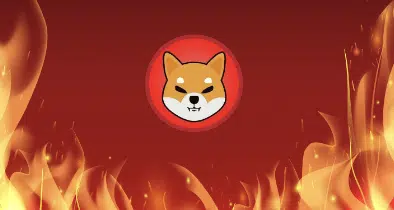
Binance Coin
Binance conducts a quarterly burning process, which token holders can easily initiate by indicating the desired quantity of tokens to be burned. A smart contract confirms that users possess the required number of tokens before deducting them from their wallets.

Once Burningntity is confirmed and subtracted, the Binance Coin platform automatically updates the new tokens in the circulating and mining balance and supply. Thus, the token appreciates, and the currency’s price remains high.
In October 2021, Binance conducted its 17th birth, destroying 1,335,888 BNB worth $639 million. One year later, it burned another $547 million in BNB tokens.
Ripple
Ripple is another top digital asset that uses a different method of token burning. It reduces the total quantity of tokens allowed on the platform.
This way, it limits the DDoS attack occurrences, thereby stabilizing the network. Another method is taking the gas fees, which makes every transaction happen faster than normal and reduces the supply of XRP in circulation.
Stellar
This is another platform that conducts token-burning by burning a total of 55 Billion XLM to increase the value of tokens. The impact was quickly noticeable as it reduced the supply of XLM by more than half.
It also increased the XLM Burning from $0.66 to $0.88 in 24 hours.
Stablecoins like HUSD, USDC, and USDT tokens have also burned a total of $2.8 Billion, providing confidence in the event of the addition or retirement of these tokens.
Tokens are minted coins that are deposited into reserves. The token-burning process occurs when these minted coins are withdrawn. This process helps regulate the supply and keeps the balance stable.
Benefits of Token Burning
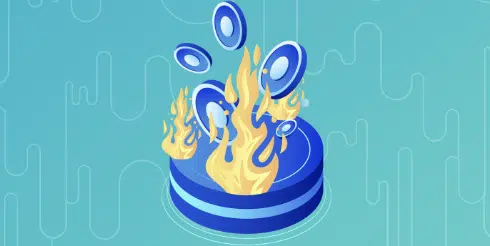
Token burning is not done without a goal or desired result. These goals can vary from platform to platform. Here are some of the most common advantages:
Value Increment/Maintenance
One of the expected benefits of it is a value increase. The best example of this benefit is the XLM example.
The corresponding way each XLM unit shows how directly a Token burn impacts the cost of a coin.
However, although the price peg has stabilized, the XLM value experienced the first proof of the same crash factor that affected other markets’ Token Coronavirus.
In the XRP instance, the tokens’ demand remains constant. Burning maintains each token’s enduring value. Token the same Coronavirus crash factor, the price stabilized between November 2019 and August 2020.
Increase For Community Token Holders
For communities, token burning acts as a form of Airdop due to community holders’ tokens increasing in value.
For example, If a crypto project conducts a Token burn, this burn reduces the supply and thereby increases its value by, let’s say, 15%.
Consequently, this burn has increased the value of every holder’s token by 15% without any action on their part.
Therefore, even though Miss P. still holds the same 500 units of the same token, the value has increased by 15%. This means the burn has done an airdrop to every holder of this token. This is why some communities use it as a marketing strategy.
Controlling the supply
Unlike the traditional market, where an asset’s value increase or devaluation depends on a few people, token Burning gives that control back to the people. Everyone now has a say on the rising and falling of the cryptocurrency market.
Fewer token burn reduces the quantity of crypto, resulting in fewer transactions on that specific platform. This leads to fewer chances of spam attacks and leaves room for more healthy and legitimate transactions.
Disadvantages Of Burning Tokens
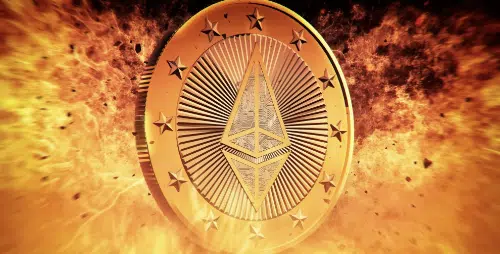
Asset Loss: Once you choose the number of tokens to be burned, there’s no turning back. These tokens disappear forever after sending them to a frozen private address called a burn address.
This means that no matter how high the token’s price gets afterward, you no longer have ownership of these tokens and can never access them. This can lead to much regret, especially if you burn a lot in the same period.
We advise considering all market factors before conducting token burning. Carefully evaluate the current and expected value and deliberate on the quantity to be burned. It’s essential to remember that the burning process is irreversible.
Amount Required for Noticeable Impact: One of the most significant disadvantages of a new concept of token burning is that one has to burn many tokens to make an impact.
Burning NFTs
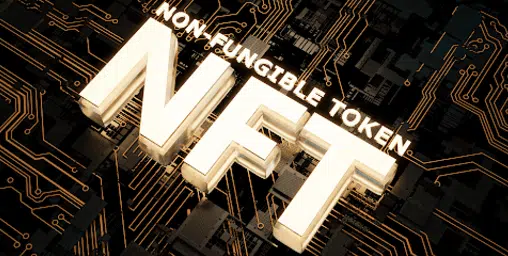
In the same way, token burning does good for the value of tokens. NFTs can also be burned for the same purpose. Some NFT projects have incorporated these burn mechanics into their systems.
Some of NFT projects that have done this include:
Burn.art
This NFT uses a cryptocurrency called ASH, obtained from burning NFTs, as a way into its marketplace—the celebrated NFT artist Pak projects allow users to burn their NFTs in exchange for ATokenSH.
This potentially boosts the value of NFTs from the same collection still in circulation.
Wadgie
This NFT is a collection of down-looking blurry avatars that emanate from the popular phrase “We’re all going to make it.” As a disruptive marketing tactic, WAGDIE obtained a Mutant Ape NFT worth thousands of dollars and burned it as a tribute to their project.
Risks in Token Burning
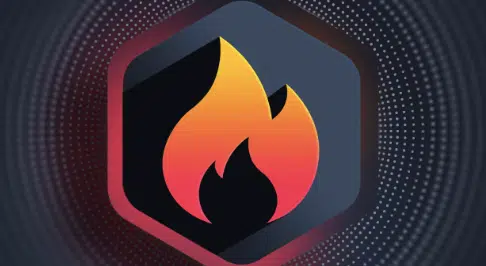
Hiding Whales: Burn wallets can be a tool for hiding large Token holders, also known as “whales,” in a crypto project.
For example, imagine a project where the community leaders only own 1,000,000 of the 10,000,000 coins issued –this is reasonable. But then, what happens when they burn a total of 6,000,000 tokens, leaving everyone with 25% of the tokens to share?
This leads to a centralized system that puts the control and value in a few hands, going against everything the decentralized system of digital asset stand for.
Rug Pulls: Like in every other system, corrupt project developers can trick people into thinking they are burning cryptocurrency by sending tokens to a frozen wallet.
Once the market value increases, the developers can sell the coins at a higher rate, thereby rendering every other member’s coin worthless.
The best way to avoid this is to research the developers in a community and read through the smart contract with a fine tooth comb and white papers.
Conclusion
While token burning might not directly impact the price of cryptocurrencies in the market, it does help stabilize the price of every participating token and attract new investors through incentives.
Before investing in any cryptocurrency, ensure that the method is one you’re comfortable with and one that will increase the value of your tokens over time.
Do thorough research into what you’re investing and clearly understand what you are to expect.
Token burning is when a crypto coin project burns a portion of its digital assets by transferring a specific amount of cryptocurrency, specifically token coins, into a burn wallet address, also known as a burner wallet, without a private key.
Token burning is a strategy that aims to boost the value of a crypto asset by managing its supply. The process entails sending crypto tokens to a wallet that lacks private keys and can only receive crypto.
Should crypto burning be encouraged? By burning tokens, the cryptocurrency's overall supply is permanently reduced, effectively removing tokens from circulation. This boosts scarcity, elevates the value of each remaining coin, and is especially important for coins that can be mined rapidly.


